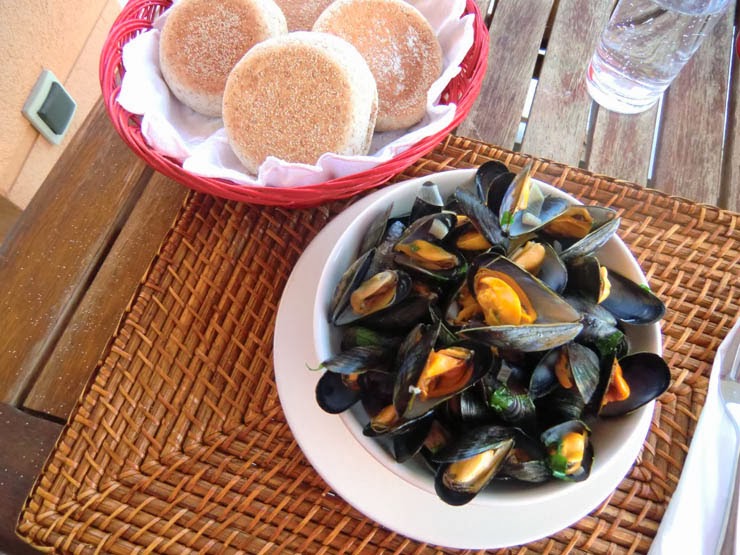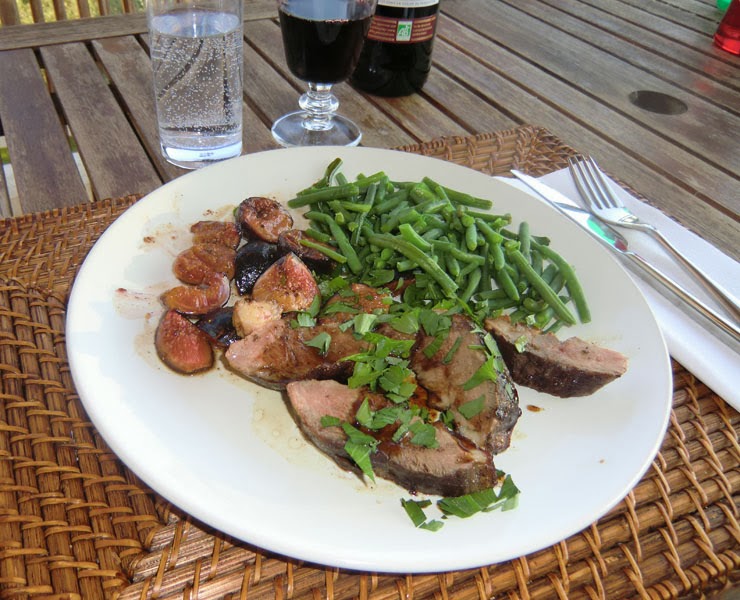A real simple sole recipe
Sole Meunière is the classic French sole recipe: The whole sole or sole fillet is coated in flour and pan fried in butter. Dover sole is traditionally preferred for this dish but lemon sole, sole limande, is more widely available and less pricey.
This recipe is a carefree way to prepare sole with a Mediterranean twist and using the heart healthy olive oil.
2 servings
2 whole lemon soles, sole limande, skinned by your fishmonger
2- 3 tbsp olive oil
10 cherry tomatoes
6- 8 new potatoes
About 150 g green beans
100 ml fish stock made from 100 ml water and 1 heaped tsp Ducros fumet de poisson
2 tbsp low-fat crème fraîche, 15 % fat
2 tsp capers
Freshly ground black pepper
Lemon wedges
Parsley
Preheat the oven to 180⁰ C.
Start with the sauce. Heat 100 ml water in a small casserole and whisk in 1 heaped tsp Ducros fumet de poisson to make the fish stock. Fumet de poisson simply means fish stock and is easy to make from the Ducros powder. Keep simmering for a while. Then whisk in the crème fraîche. Add the capers. Set aside but keep warm.
Line a large baking tray with baking paper and place the soles and cherry tomatoes in it. Sprinkle 1 tbsp olive oil on each sole and a little olive oil over the cherry tomatoes. Bake in oven for 15 minutes.
Meanwhile, microwave the potatoes; this will only take about 7 minutes. Microwave the green beans for about 3- 4 minutes.
When the soles are ready, divide the sauce on the plates and place the potatoes on it. Grind a little black pepper on the soles and place them on the plates. Divide the cherry tomatoes and green beans on the plates. Decorate with parsley and serve with lemon wedges.































0 comments:
Note: only a member of this blog may post a comment.